Deck & Commander Strategies
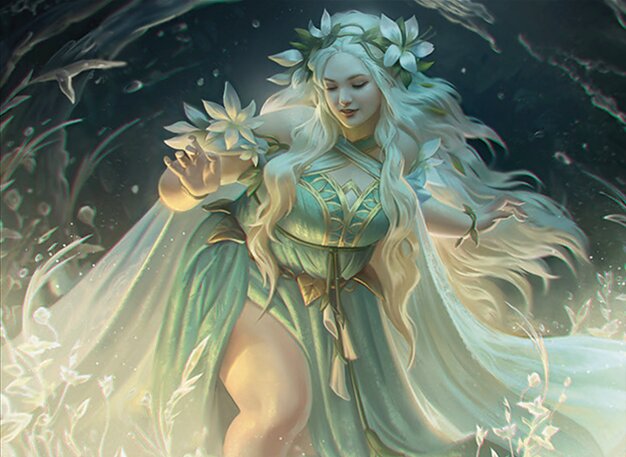
Goldberry, River-Daughter
Manipulates various types of counters on permanents to draw cards and gain incremental value, enabling a versatile and value-driven midrange game plan.
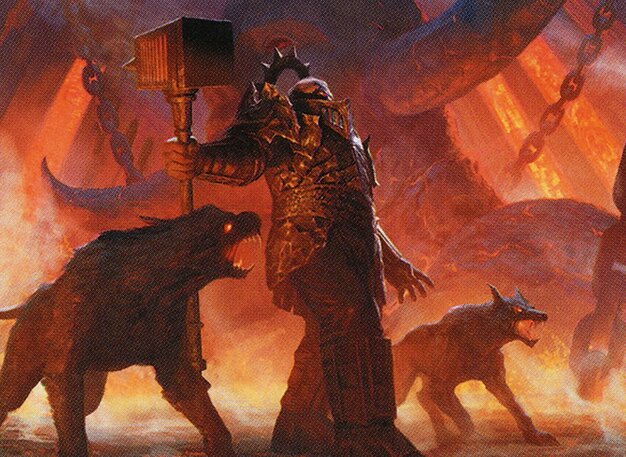
Zalto, Fire Giant Duke
Utilizes damage-based triggers to venture into dungeons, gain incremental benefits, and deal commander damage, supported by equipment and damage-focused spells.
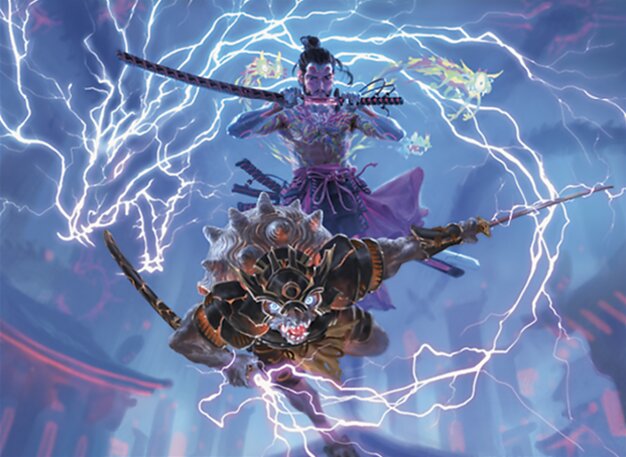
Goro-Goro and Satoru
Creates multiple creatures each turn, triggering combat damage to produce flying dragon tokens with haste, enabling explosive combat phases and token generation.
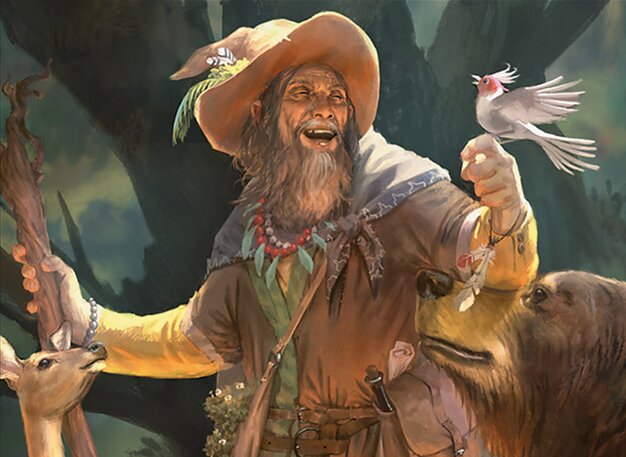
Radagast, Wizard of Wilds
Generates large creatures and a steady stream of beast and bird tokens through casting high-cost spells, focusing on board presence and token synergy to dominate combat.
Gameplay Insights
- 1
Goldberry's ability to move counters between permanents allowed flexible interaction with various board states, increasing card draw potential and value generation.
- 2
Goro-Goro and Satoru's creation of thopter tokens combined with his dragon token generation created multiple flying threats that applied constant pressure across multiple opponents.
- 3
The interaction between Tendo Ice Bridge's charge counters and proliferate effects highlighted a powerful card draw engine for Goldberry’s deck.
- 4
Zalto’s damage triggers to venture into dungeons provided a unique incremental advantage, synergizing well with equipment to increase damage output.
- 5
Radagast's token generation from casting high-cost spells enabled quick board development, putting opponents on the defensive early.
Notable Cards
-
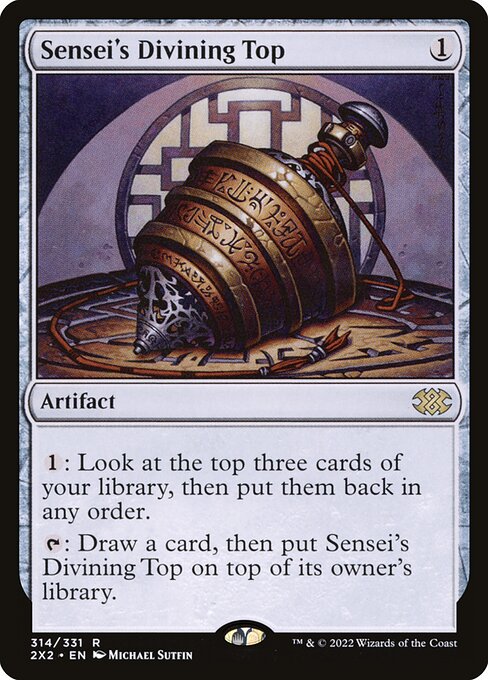
Sensei's Divining Top
-
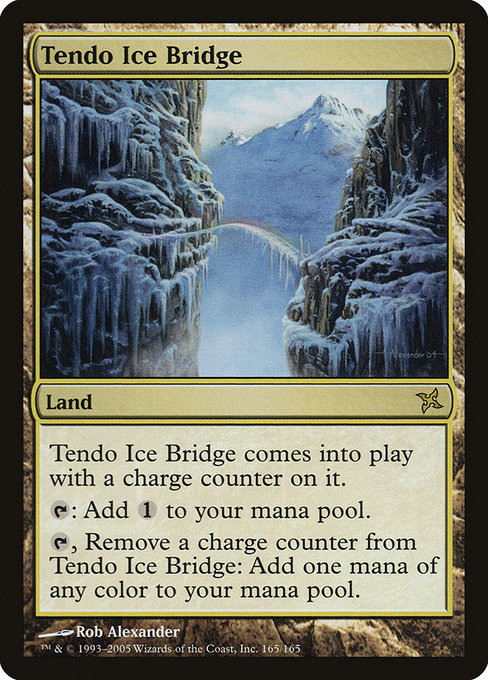
Tendo Ice Bridge
-
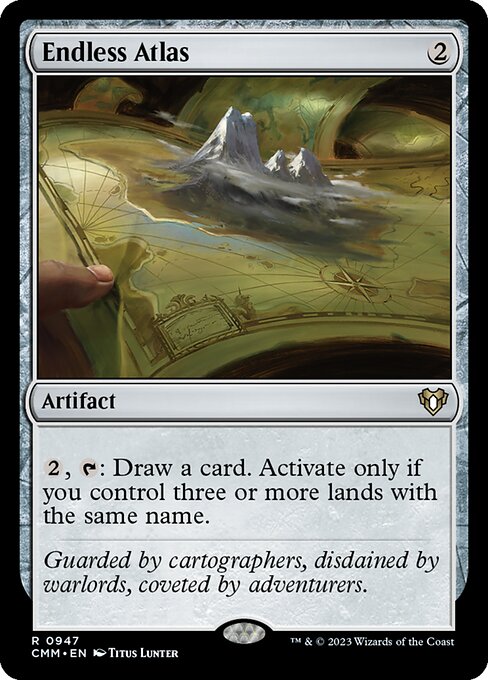
Endless Atlas
-
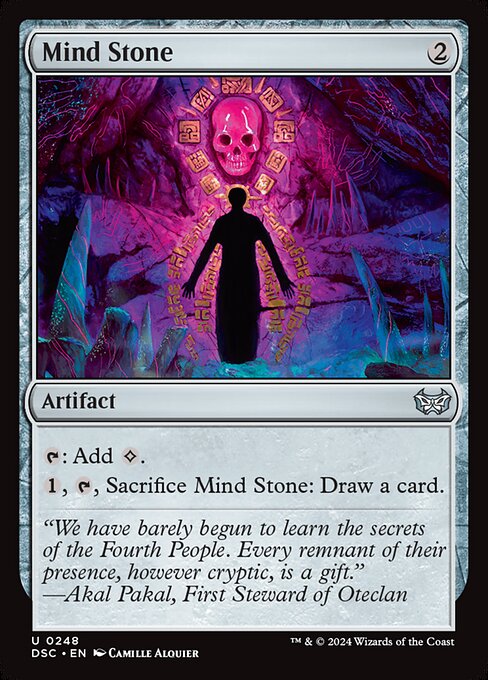
Mind Stone
-

Loyal Apprentice
Gameplay Summary
The game began with players establishing their mana bases and deploying utility artifacts and creatures to set up their strategies.
Goldberry, River-Daughter focused on manipulating counters across permanents to generate card advantage, while Zalto, Fire Giant Duke aimed to leverage damage triggers to venture into dungeons and apply pressure through combat damage and equipment synergies.
Goro-Goro and Satoru’s deck revolved around flooding the board with creatures to trigger his ability and generate dragon tokens with haste, enabling aggressive swings and potential multiple combat phases.
Radagast, Wizard of Wilds built a token-heavy board state with large creatures and used high-cost spells to generate additional tokens, aiming to overwhelm opponents with a growing army.






























